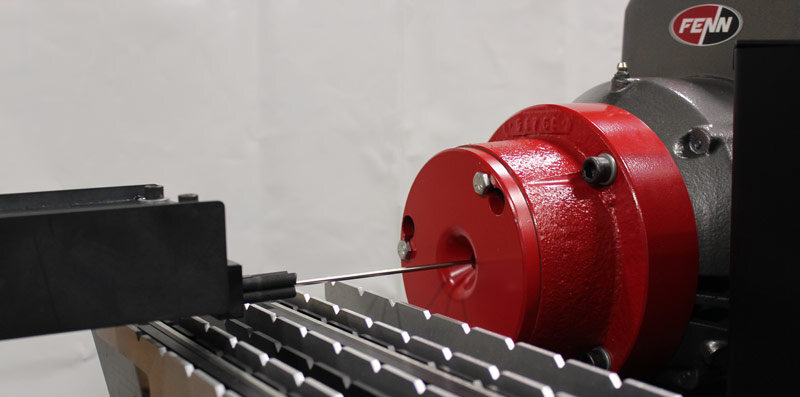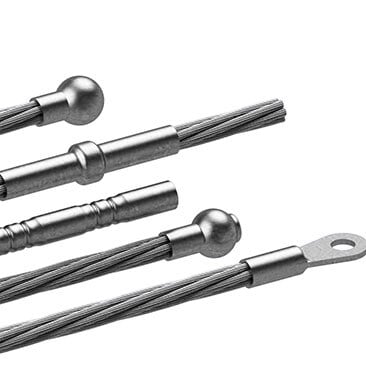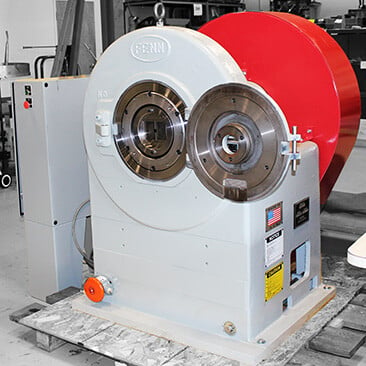What Is A Rotary Swaging Machine & What is it Used For?
Swager machines are considered a lower-cost way to efficiently point, reduce, and form rods, tubes, or wires for redraw. You can also use swaging machines to taper, bond, reduce, shape, or form metal parts. Swaging uses continuous hammer strikes to form the metal, unlike other metal forming methods. Because swagers can form metal without producing scrap, the chipless metal forming method is an effective and efficient way to create products with little material waste. This is especially attractive for companies who work with precious metals, where scrap is very costly. Swaging, in general, has been used in various industries, including military, aerospace, renewable energy, medical, automotive, and research and development.
Types of Swaging Machines
There are several types of swaging machines, each being designed to specialize in certain material types or applications. Types of swagers include rotary swagers, stationary swagers, long die swagers, and hydroformers. However, the rotary swaging machine is one of the most popular types.
Like other swagers, the rotary swaging machine is used to point, size, and form wire, rod, and tube. While some swagers can form different shapes, the rotary swager only produces cylindrical cross-sectional material. Rotary swagers may be used for applications such as hypodermic tubing, cartridge heaters, armaments, piping, and logging industry applications.
2-Die and 4-Die Configurations
The rotary swager dies are located inside the center of the machine and are responsible for physically forming or shaping the material. Rotary swaging machines come in 2-die and 4-die configurations. The 2-die configuration is most commonly used on small parts and is known to create a better surface finish. The 4-die configuration is more commonly relied on for pointing applications and is capable of larger initial reductions on bigger parts.
How Does A Rotary Swager Work?
When a rotary swager operates, the dies and hammer blocks form around the workpiece. As the spindle rotates, hammers and dies are thrown outwards against a series of rollers surrounding the spindle in a process called centrifugal force. They are then driven inward each time the hammer blocks strike the rollers. This causes the die halves to compress and close the metal being swaged.
Maintaining a Rotary Swager
Due to their robust construction, swagers are known to last long, often operating for decades. The primary “wear parts” or parts that experience the most wear and stress are in the center of the machine, where the work/part is being formed. These wear parts are the parts that include the dies (due to their contact with the work/part being formed) along with the hammers and rollers, which enable the dies to move and form the part. These parts should be regularly checked and inspected to ensure they are in good working order and replaced when they are compromised to guarantee accurately formed quality parts.
For more information on rotary swagers, visit our website.




